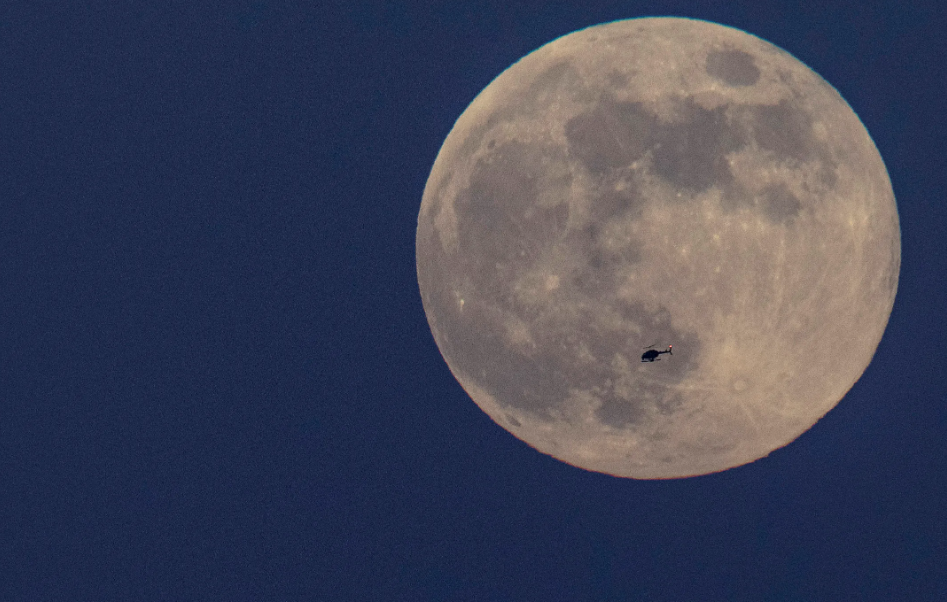What is Cold Moon?
The Cold Moon, also known as the Long Nights Moon, refers to the full moon occurring in December each year. It gets its name from the long, cold nights typical of midwinter. This year, the Cold Moon reaches peak illumination on December 26th night.
When derived from Native American traditions, this full moon was called the Cold Moon due to the frigid temperatures and bitter cold winds of midwinter. European names for this lunar phase also refer to the chilly winter season, including the Moon Before Yule and the Long Night Moon.
Other Common Moon Terms
Blood Moon
A blood moon refers to a total lunar eclipse, which gives the moon a reddish, copper color. This happens when the moon moves into Earth’s shadow, cutting off direct sunlight but still allowing some refracted light to reach it. Blood moon eclipses are dramatic yet perfectly safe to view directly.
Supermoon
A supermoon occurs when a full or new moon aligns closely with perigee, the moon’s closest approach to Earth in its monthly orbit. This makes the moon appear up to 14% bigger and 30% brighter than normal. 2023 had two supermoons – on August 1st and September 30th.
Blue Moon
A blue moon isn’t really blue – its name has nothing to do with color. Instead, it represents the second full moon occurring within a single calendar month. This happens about every 2.5 years on average. 2024 will have two seasonal blue moons – on August 22nd and August 31st.
Native American Traditions
The Cold Moon notion comes from native North American traditions tied to seasonal changes. Tribes like the Algonquin named each full moon to track periods spent hunting, fishing or harvesting crops throughout the year. The Cold Moon signalled a difficult time; native tribes faced harsh winters with limited food sources available.
Month: Current Affairs - December, 2023
Category: Science & Technology Current Affairs







